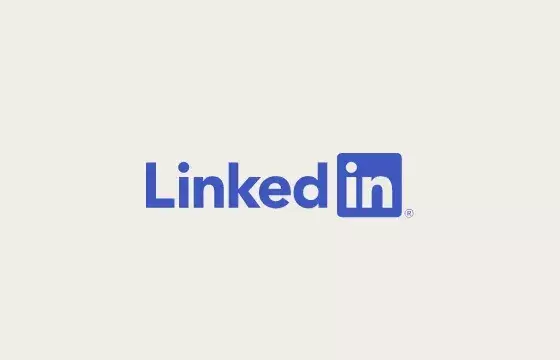In recent years, LinkedIn has transformed from a simple resume site into a bustling professional ecosystem. However, this rapid growth has come with its own set of challenges. Chief among them is the proliferation of fake profiles and artificially inflated engagement activities. These aren’t just benign anomalies; they fundamentally threaten the platform’s integrity and the value professionals place on authentic interactions. As a critical observer, I find it troubling that despite the evident damage, efforts to curb this phenomenon have often been half-hearted or reactive rather than proactive.
Many users have reported noticing an uptick in engagement pods—coordinated groups that boost post visibility through orchestrated comments and likes. Simultaneously, AI tools capable of generating comments at scale have become widespread, raising questions about the sincerity of engagement metrics. These practices distort the platform’s core function: fostering genuine professional relationships and meaningful exchanges. It’s easy to dismiss these occurrences as minor nuisances, but in reality, they undermine trust and skew data that businesses rely on for decision-making.
LinkedIn’s Recognition and Initial Efforts to Combat Automation
The platform’s acknowledgment of these issues signals a crucial shift. Previously, LinkedIn indicated awareness of the problem but mostly relied on detection and mitigation strategies that were limited in scope. When I reviewed their latest performance updates, I learned that LinkedIn was actively working to reduce the reach of suspicious activities—an encouraging step. However, what truly marks a turning point is their recent clarification in their comment moderation policies.
The latest official update explicitly states that LinkedIn may limit the visibility of comments generated through automation or excessive activity. This isn’t mere lip service; it’s an acknowledgment that automation tools are a problem serious enough to warrant policy reinforcement. The nuanced language—highlighting both frequency limits and automated activity—suggests that LinkedIn is not only aware but also willing to enforce rules more vigorously. This proactive stance is vital; it signals to users and potential bad actors that the platform is serious about maintaining the integrity of professional discourse.
Are These Measures Sufficient? A Critical Perspective
While it’s heartening to see LinkedIn formalize these restrictions, one must ask: Are these enough? The problem of fake engagement and automation runs deep, driven by an ecosystem of engagement pods and third-party services operating outside the platform’s direct control. Addressing these off-platform, often coordinated activities requires more than tweak policies; it demands a strategic overhaul.
Indeed, the addition of a line to their documentation is a positive step, but without robust enforcement mechanisms—such as advanced AI detection, legal actions against orchestrators, and stronger user verification—these policies risk being symbolic rather than effective. Historically, LinkedIn’s focus has often leaned toward growth and engagement metrics, perhaps at the expense of authenticity. This behavior mirrors broader social media glitches where surface-level engagement spikes get prioritized over genuine community building.
Furthermore, the challenge lies in enforcement. Detecting automation or coordinated activity can be technically difficult, especially when bad actors evolve their methods. Yet, the platform’s awareness of external services enabling engagement pods and AI-driven commenting indicates that they are aware of the bigger picture. If LinkedIn truly commits to clean-up efforts, adopting a multi-faceted approach combining technical detection, legal enforcement, and user accountability will be paramount.
The Significance of Policy Transparency and Future Directions
What stands out most about LinkedIn’s recent communication is its transparency. Publicly acknowledging the problem and outlining specific policies offers clarity to users and potential offenders alike. It clearly positions the platform as committed to protecting the authenticity of the professional space, which is crucial for rebuilding user trust.
This move also acts as a deterrent to those who might consider exploiting automation or engagement pods for short-term gains. With these policies in place, the incentive matrix shifts: the risks of detection and penalties become more apparent, possibly discouraging misconduct altogether. Furthermore, this transparency sets a precedent for other platforms struggling with similar issues, emphasizing that proactive policy updates and enforcement are essential in safeguarding online professional communities.
Looking ahead, LinkedIn’s focus should be on refining detection algorithms, forging stronger legal actions against orchestrators, and fostering a culture of authenticity among users. Only then can the company hope to restore the platform’s core value—trustworthy professional interactions that serve users’ genuine interests, rather than superficial engagement metrics. This move might be imperfect and early days yet, but it undeniably signifies a shift toward a more responsible and integrity-driven LinkedIn ecosystem.

